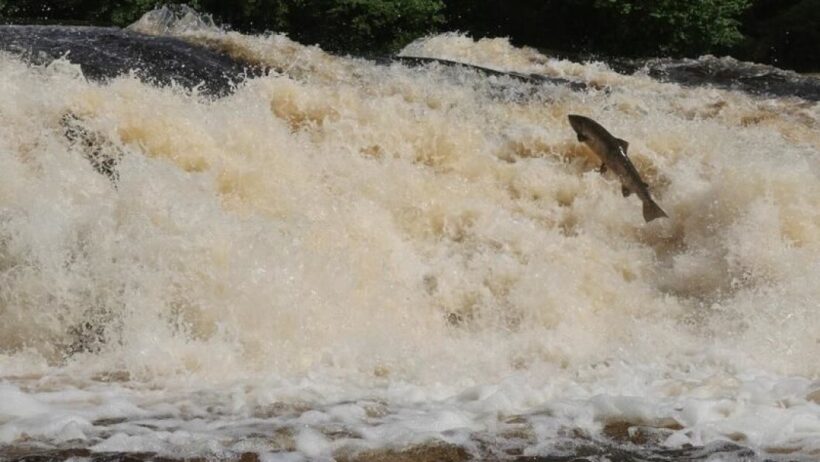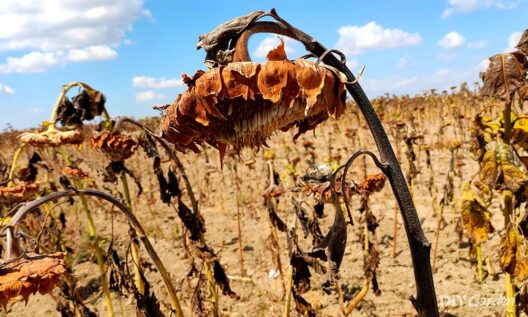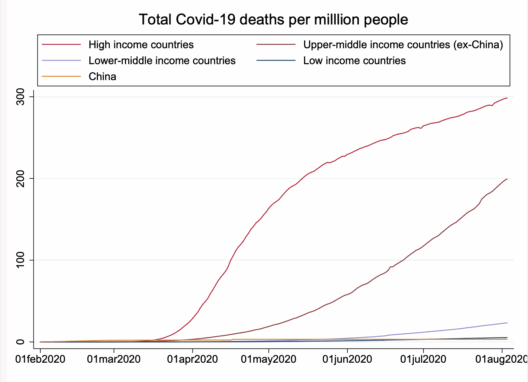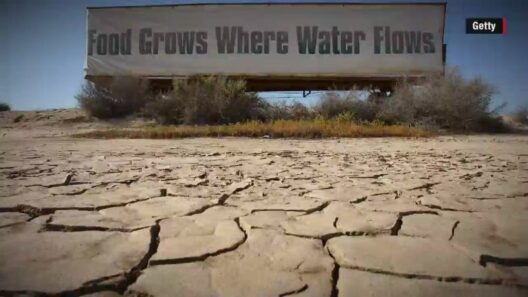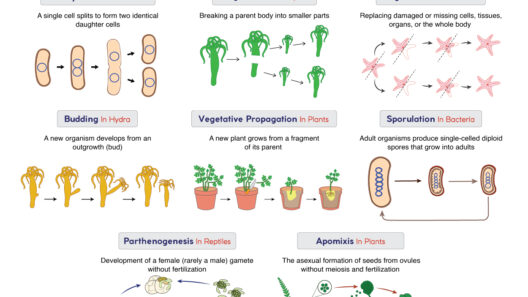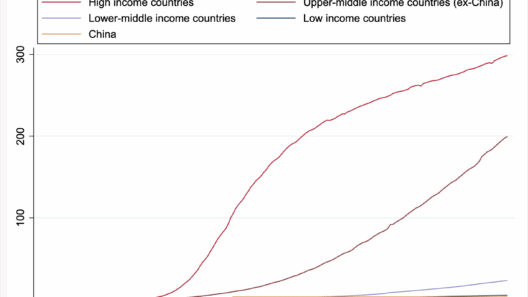Salmon populations are currently facing unprecedented challenges due to climate change. As water temperatures rise, their natural habitat undergoes profound transformations that threaten their survival. This article elucidates the multifaceted factors influencing salmon health and migration patterns in a world that is steadily heating up.
The life cycle of salmon is intrinsically tied to cold, clean water. These fish are ectothermic organisms, meaning their body temperature is regulated by the environment. Elevated water temperatures impede their physiological processes, adversely affecting not only their metabolism but also their reproductive success. Anomalies in temperature can lead to stress, resulting in diminished growth rates and increased susceptibility to diseases and parasites.
In the context of climate change, the proliferation of rising temperatures is exacerbated by a series of interrelated phenomena. For instance, seasons are becoming more erratic, leading to earlier snowmelt and altered freshwater flow patterns. These shifts create a cascade of ecological impacts. Salmon rely on specific conditions for spawning; as these conditions deviate from the norm, the timing of their life cycles may be disrupted, impacting their ability to reproduce and thrive.
Moreover, the quality of the aquatic ecosystem is at stake. Warmer water holds less dissolved oxygen, a critical component for salmon survival. Hypoxic conditions may lead to increased fish mortality rates and further strain already vulnerable populations. Reduced oxygen levels can increase competition among species, forcing salmon to compete more aggressively for dwindling resources.
Salmon are also experiencing habitat loss due to altering landscapes. As glaciers melt at an accelerated rate, the resultant influx of freshwater can initially seem beneficial; however, the persistent rise in temperature leads to altered flow regimes that can increase sedimentation and reduce the overall quality of spawning habitats. In addition, forest fires, which are becoming more frequent due to climate-induced droughts, can lead to runoff that contaminates waterways, introducing pollutants that were previously less prevalent.
Additionally, changing ocean temperatures and acidification due to elevated carbon dioxide levels are impacting salmon during their migratory journeys. Salmon often spend a significant portion of their lives in marine environments, traversing from freshwater to the ocean. Pollutants and fluctuations in temperature can mimic the physiological challenges they face in freshwater, ultimately leading to reduced growth rates, increased stress, and diminished survival as they transition between differing habitats.
Migratory patterns of salmon are deeply affected by climate change as well. Warmer winter temperatures can lead to milder summers, creating riparian habitats that no longer align with the historical migratory routes of salmon. Shifts in ocean currents and forage fish populations also impact their migration; as temperatures rise, prey species may relocate, ultimately affecting the availability of crucial food sources for salmon.
Another concern is the interplay between salmon and invasive species. Warmer waters create a hospitable environment for species such as bass and catfish, which can outcompete native salmon populations. These invasions not only threaten the ecological balance but can also alter the food web; thus, salmon may find it increasingly difficult to survive, propagate, and maintain their populations.
Furthermore, human activity intersects with these emerging ecological challenges. Deforestation, urbanization, and intensive agriculture fracture salmon habitats and further mitigate their chances of survival. As communities expand and industries develop, the natural corridors salmon utilize for spawning and migration are increasingly curtailed, further complicating their already precarious existence.
Salmon are a keystone species; their fate is emblematic of broader ecological changes in aquatic environments. The decline of salmon populations signals larger systemic issues within freshwater and marine ecosystems. These declines can lead to significant repercussions for other species that depend on salmon for food, as well as for ecosystems that rely on the nutrient contributions provided by salmon during their life cycle.
Strategies to adapt to these challenges are imperative. Conservation efforts must prioritize the preservation and restoration of vital habitats. Projects that focus on removing barriers such as dams can significantly enhance salmon migratory paths, providing access to traditional spawning grounds, which is essential for maintaining viable populations. Furthermore, implementing sustainable water management practices can help preserve water quality, particularly in the face of agricultural runoff and pollution.
Public awareness and advocacy play crucial roles in combating the threats facing salmon populations. Engaging communities in conservation efforts and promoting sustainable practices can help mitigate some of the adverse impacts associated with climate change. Education initiatives that focus on the importance of salmon and their ecosystems can foster a sense of stewardship, empowering individuals to contribute positively to their local environments.
In conclusion, salmon are struggling to swim in a hotter world, facing a myriad of challenges driven by climate change and human impacts. Understanding the complex relationships between temperature, habitat quality, and ecological dynamics is crucial for developing effective conservation strategies. We must prioritize the health of our watersheds and advocate for sustainable practices to ensure that the future of salmon—and the ecosystems they represent—can endure in a warming world.



